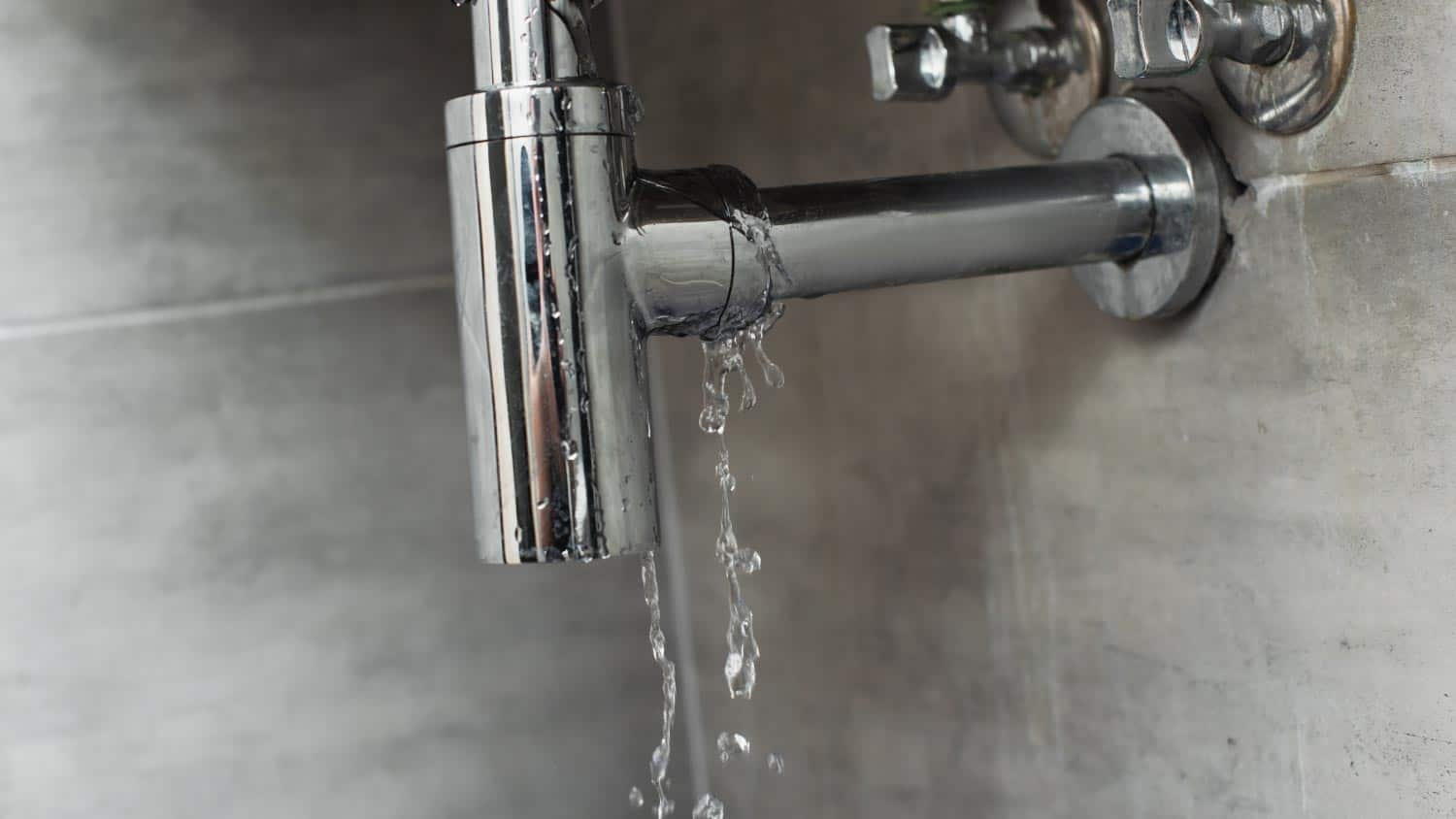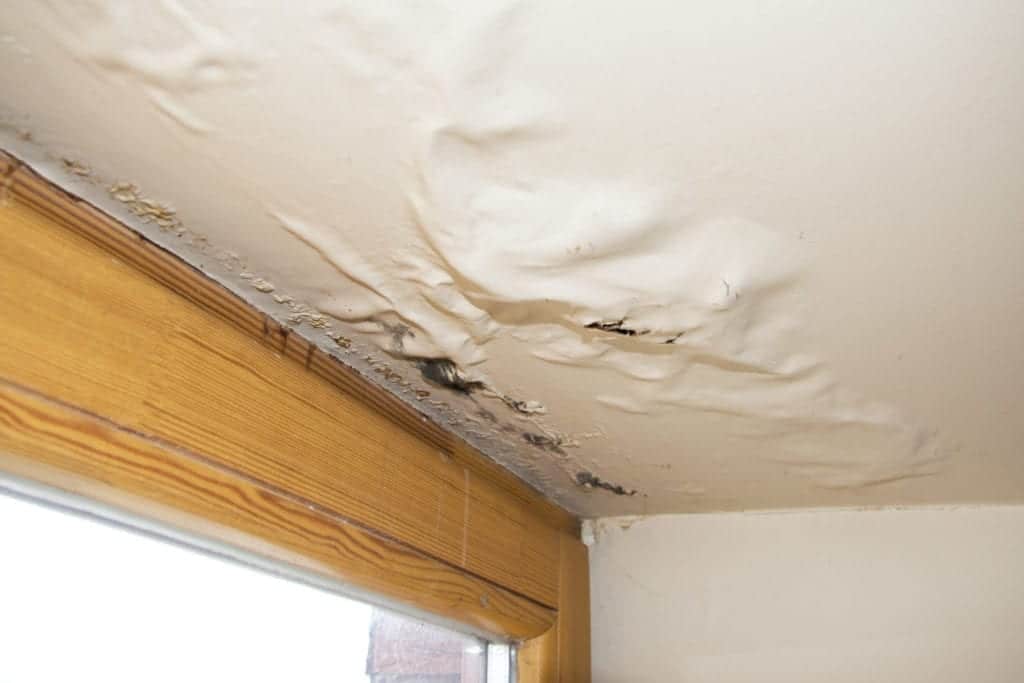6 Ways to Locate Hidden Water Leakages in Your Residence
6 Ways to Locate Hidden Water Leakages in Your Residence
Blog Article
In this article in the next paragraph you can locate some professional data pertaining to Top leak detection hacks.

Early discovery of dripping water lines can minimize a prospective catastrophe. Aside from conserving you money, it will decrease the aggravation and aggravation. The moment you find a leak, calling your plumber for repairs is the best solution. Nonetheless, some little water leakages may not be visible. If you can not discover it with your naked eyes, here are some hacks that aid.
1. Examine the Water Meter
Every residence has a water meter. Examining it is a guaranteed way that helps you discover leakages. For starters, turn off all the water resources. Guarantee no one will certainly flush, make use of the faucet, shower, run the washing equipment or dishwashing machine. From there, go to the meter as well as watch if it will certainly change. Since no person is using it, there should be no motions. That shows a fast-moving leak if it relocates. Also, if you detect no changes, wait a hr or two as well as check back once more. This indicates you may have a sluggish leak that can even be below ground.
2. Inspect Water Intake
If you spot abrupt changes, despite your usage being the exact same, it suggests that you have leaks in your plumbing system. A sudden spike in your bill suggests a fast-moving leakage.
A constant rise every month, also with the very same behaviors, reveals you have a slow-moving leakage that's additionally gradually intensifying. Call a plumber to completely inspect your building, specifically if you really feel a cozy location on your flooring with piping beneath.
3. Do a Food Coloring Test
30% comes from commodes when it comes to water usage. Examination to see if they are running correctly. Decrease specks of food shade in the container and also wait 10 mins. There's a leakage in between the storage tank and bowl if the color in some way infiltrates your bowl during that time without flushing.
4. Asses Exterior Lines
Don't fail to remember to check your outdoor water lines too. Ought to water seep out of the connection, you have a loosened rubber gasket. One little leakage can squander bunches of water and also surge your water bill.
5. Examine and also Evaluate the Scenario
Property owners must make it a practice to check under the sink counters and also also inside cupboards for any bad odor or mold growth. These 2 warnings suggest a leakage so prompt focus is required. Doing routine examinations, even bi-annually, can save you from a significant trouble.
If you know your home is already old, keep a careful eye on your heating systems, tubes, pipelines and so on. Check for discolorations and also weakening as many pipelines and appliances have a life expectancy. They will likewise normally wear away due to wear and tear. Do not wait for it to intensify if you suspect dripping water lines in your plumbing system. Call a professional plumber today so you don't end up with a dreadful mess in your home.
Early discovery of leaking water lines can reduce a potential disaster. Some little water leakages may not be visible. Checking it is a proven means that aids you find leaks. One little leakage can lose lots of water and spike your water costs.
If you presume leaking water lines in your plumbing system, do not wait for it to rise.
How to Know If Your Home Has a Hidden Leak
Water Meter Reveals Inexplicable Water Usage
If you’d like to test whether or not there’s a leak somewhere in your home, you can do this using your water meter. Here is how to conduct the test:
Don’t use any water in your home for at least 30 minutes; this also means not turning on faucets or water-using appliances.
Go outside, and check your water meter for activity.
If your water meter shows that there was activity, even though no one was using any water, this proves that there is a leak in your home.
Visible Mold or Mildew Growth
Leaks behind walls create moist, dark environments that allow mold and mildew to grow and thrive. Eventually, you might see mold growth forming on the wall closest to a hidden leak.
If mold is growing in an area that receives a high amount of moisture, such as a bathroom, it may simply be an indication that better ventilation is needed. However, if you see mold growth on a wall or the ceiling in an area where you would not expect, you probably have a hidden leak.
Musty, Mildew Odor
Sometimes you might not be able to see the mold or mildew that is growing as a result of a leak. However, the smell can give the problem away just as easily. If you catch a whiff of something musty, there’s a good chance that old water is collecting somewhere in your home that you can’t see.
Stained/Warped Walls, Ceilings, or Floors
When your home soaks up water, a variety of red flags can become visible, including ceiling stains, bubbling drywall, warped walls, and sagging floors. While these issues can be caused by excess humidity, they can also be signs that a pipe or plumbing connection has started leaking behind your walls.
Inexplicably High Water Bill
After a while, you get a general sense for what your water bill should be. If you own a pool or sprinkler system, your bill will tend to be higher during summer. However, if you receive a water bill that seems especially high, and you can’t figure out what caused it, then you may have a hidden leak somewhere that’s increasing your bill.
https://www.plumbingjoint.com/blog/2019/july/how-to-know-if-your-home-has-a-hidden-leak/

I stumbled upon that entry on Hacks to detect leaks when exploring the search engines. Sharing is nice. Who knows, you could be helping someone out. Thanks for going through it.
Report this page